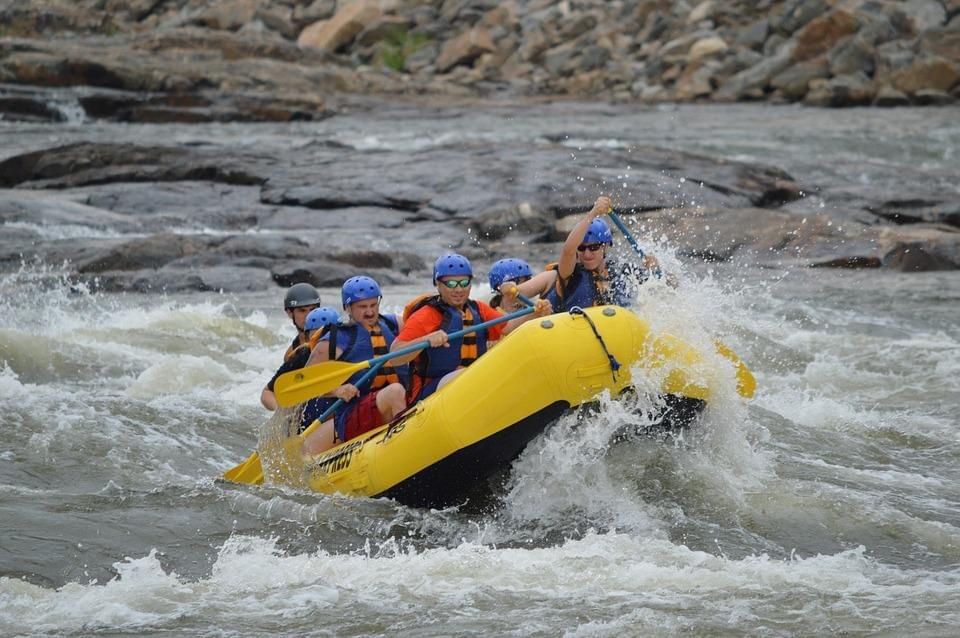
In terms of river rafting, there are three classes: beginner, intermediate, and advanced. Beginners can take the Class I and II trips, while experts can move on to the Class III or IV tours. The difficulty of the rapids increases, and more difficult rapids require more experience and river-reading skills. However, there are also many other levels of river rafting, and experts should be familiar with each. Read on for the classification levels of each river class and what each one entails.Before embarking on a rafting tour, the guide will conduct a safety briefing. He will cover various safety procedures, including proper boat handling, paddle use, and behavior during unexpected situations. The guide will also carry your boats to the river. Once on the river, you should wear a helmet, a life jacket, and other protective gear. A life jacket must fit snugly, but can be removed if you get a sudden wind gust or slip. Thus, here are more tips to help you in water rafting in clark fork river.
During a multi-day river trip, you might be required to use the groover, a type of latrine. In this case, you'll wear neoprene boots for warmth. The rafts can also experience a standing wave. The waves are usually large and fun. A hole wave, also known as a hydraulic wave, occurs when fast water runs into slower water. The tail wave, on the other hand, is the final standing wave at the bottom of the rapid, and is usually free of obstacles. Whitewater rivers are ranked based on their difficulty, and the level of difficulty varies widely from river to river. A leisurely float through placid waters is not necessarily easy, and more advanced rafting trips require more skill and expertise. The level of difficulty of a particular river section is given a numerical representation of its difficulty, often a + or -. A beginner can opt for a calmer segment if he or she is not confident on the river. Thus, engage these clark fork whitewater rafting experts to help you enjoy yourself. During World War II, the development of the rubber raft became possible. This material was vulcanized and used to make large ovals and tubular bridge pontoons. After the war, river runners began to use these boats on the river. This is where the modern rafts came into play. They were designed and built by a prominent family of US financiers, including John D. Rockefeller. He later built the Grand Teton National Park resort in Wyoming, and began offering float trips in the 27ft craft. There are a number of other river rafting options in India, including the popular Ganga. In addition to the Ganga, there are several other options in Uttarakhand. A 16-kilometer stretch of river in Rishikesh makes it the perfect destination for rafting in India. If you have the energy to take on this challenge, there are no better places to enjoy white water rafting than the Ganga. There is no better place for beginners than this! If the topic is still not clear to you, open this link https://en.wikipedia.org/wiki/Rafting that demystify the topic.